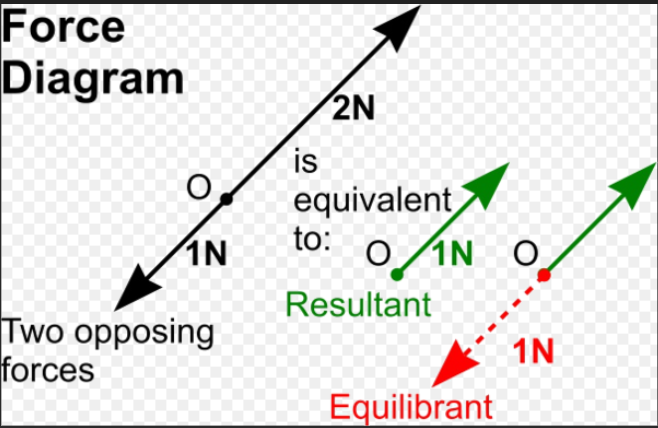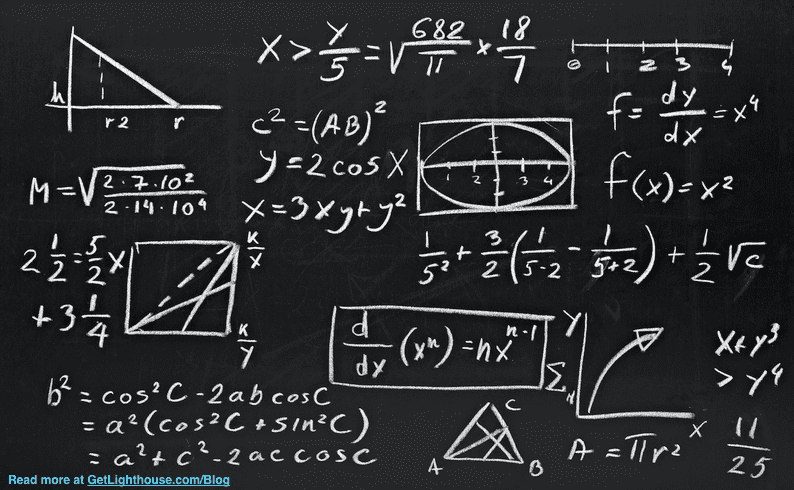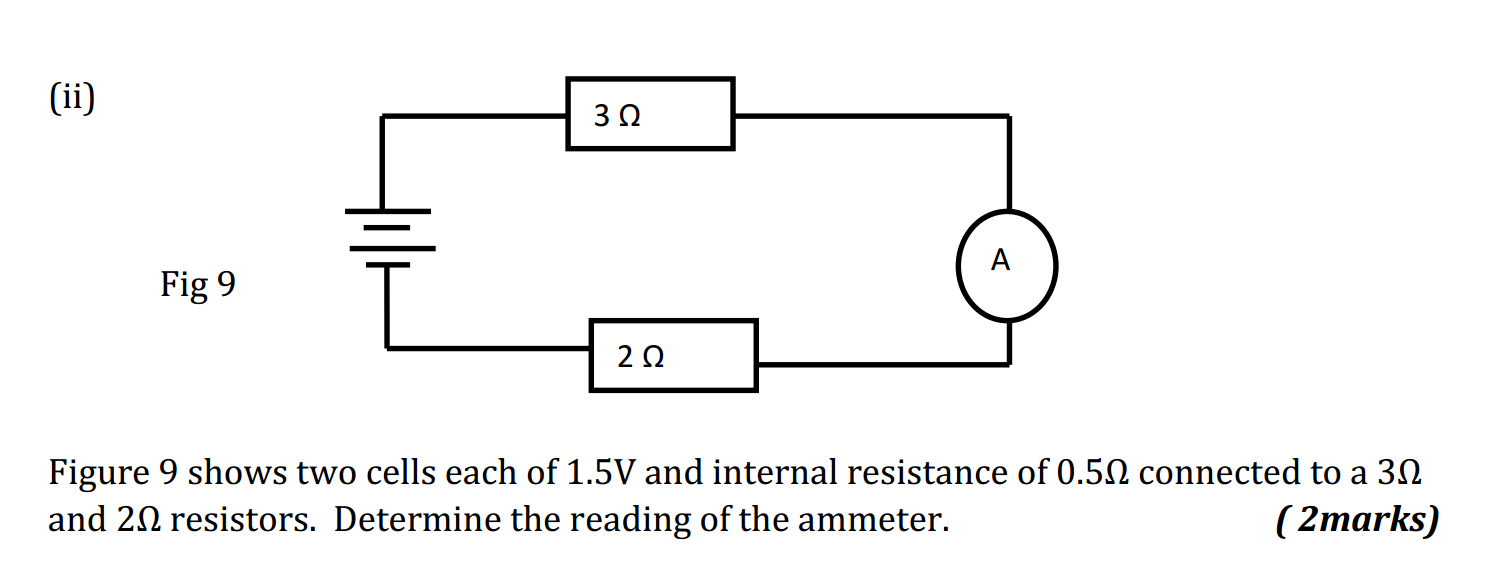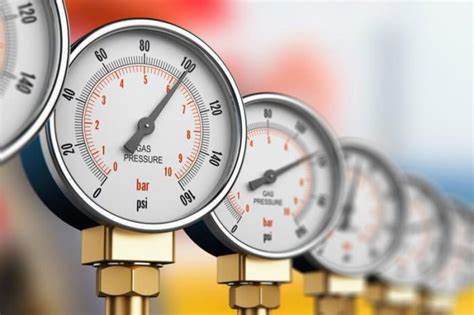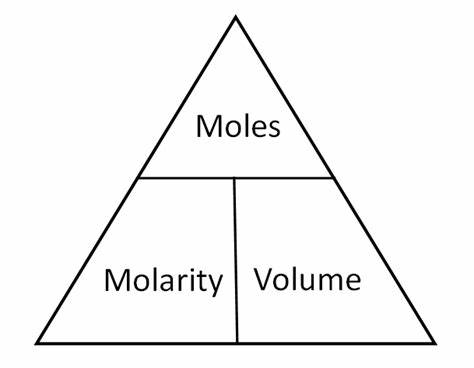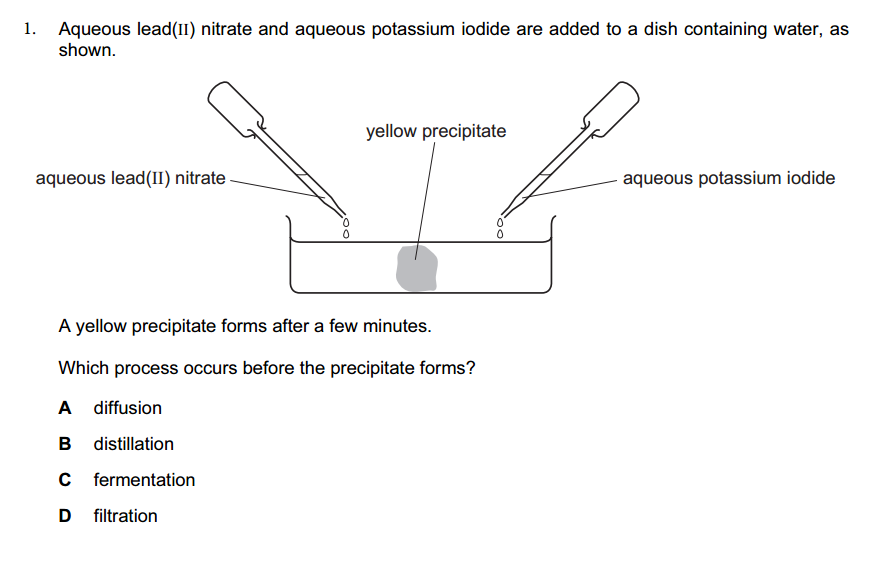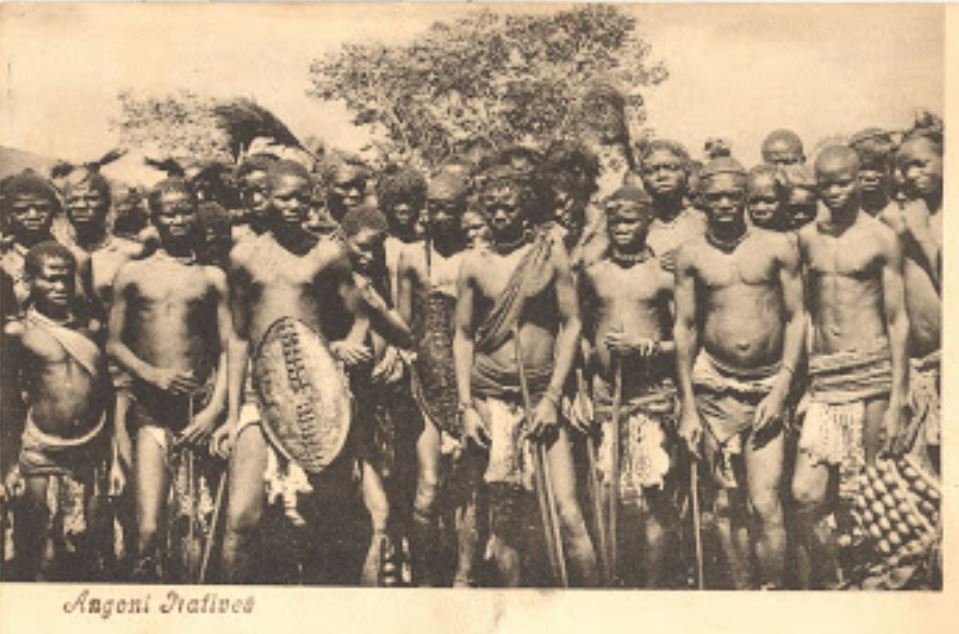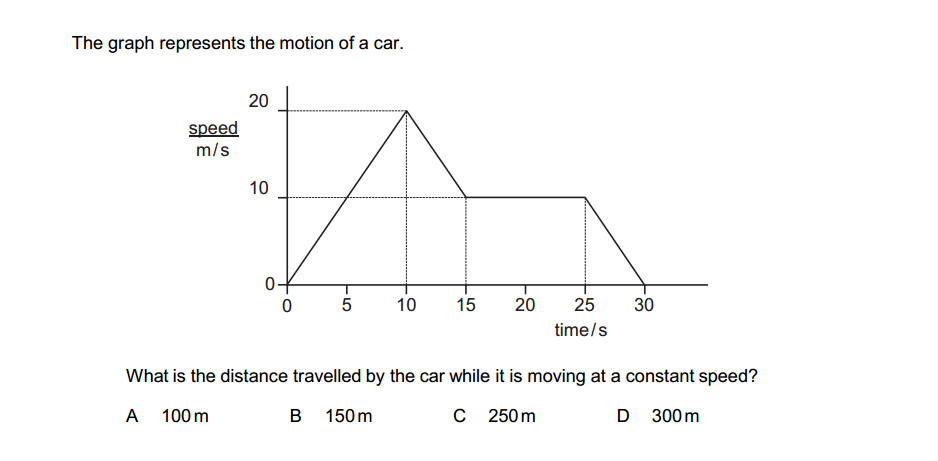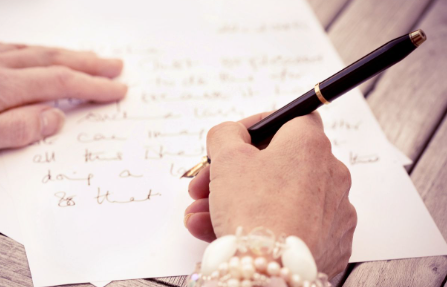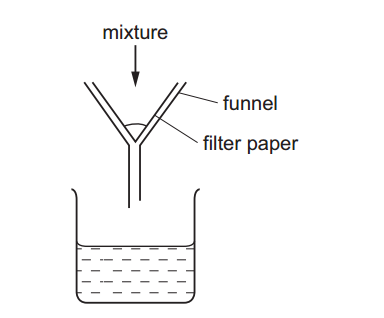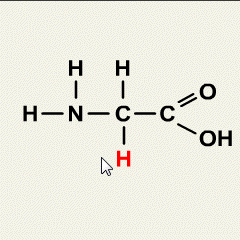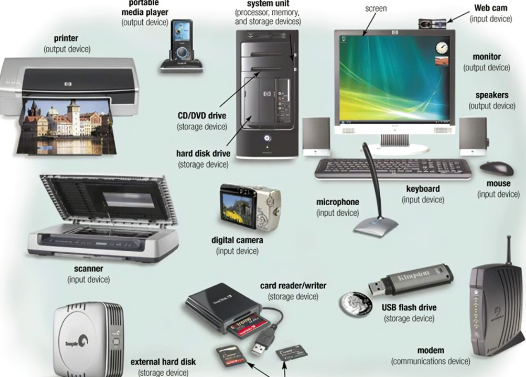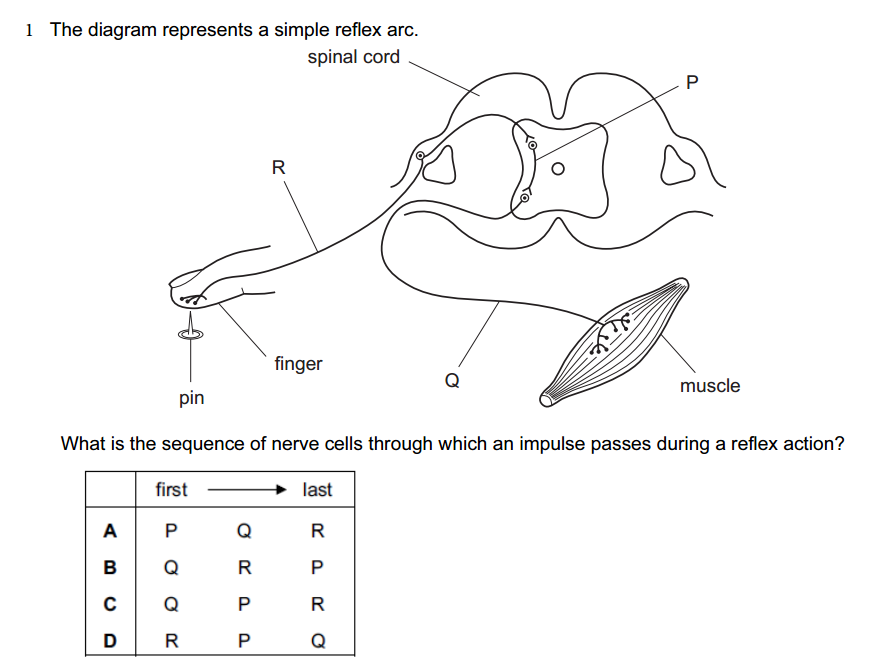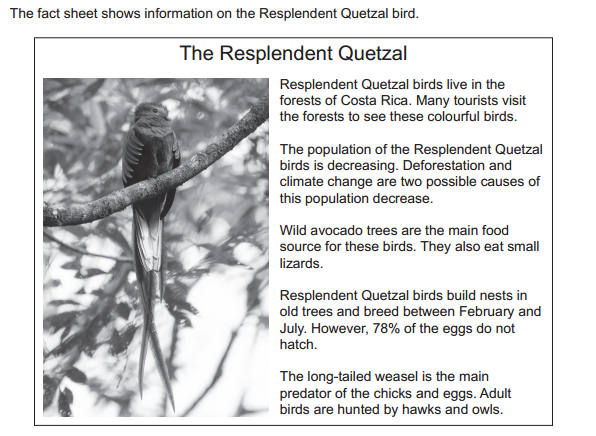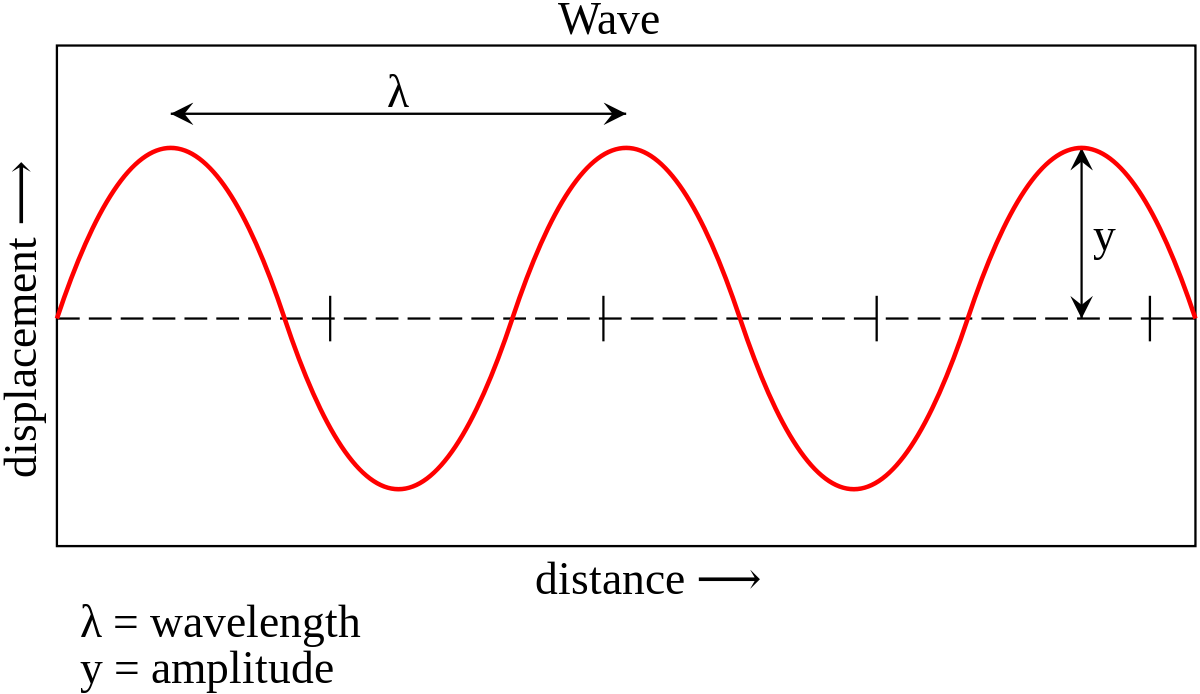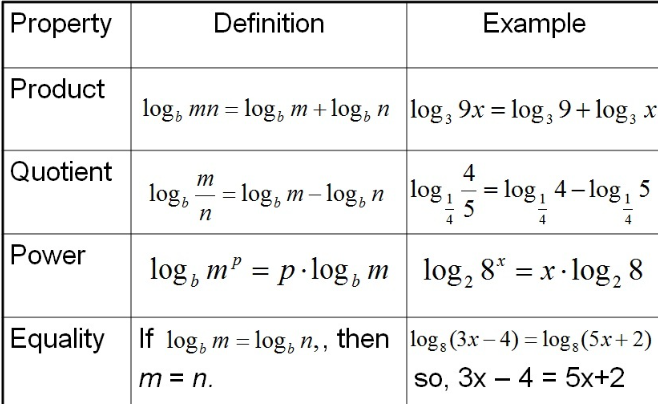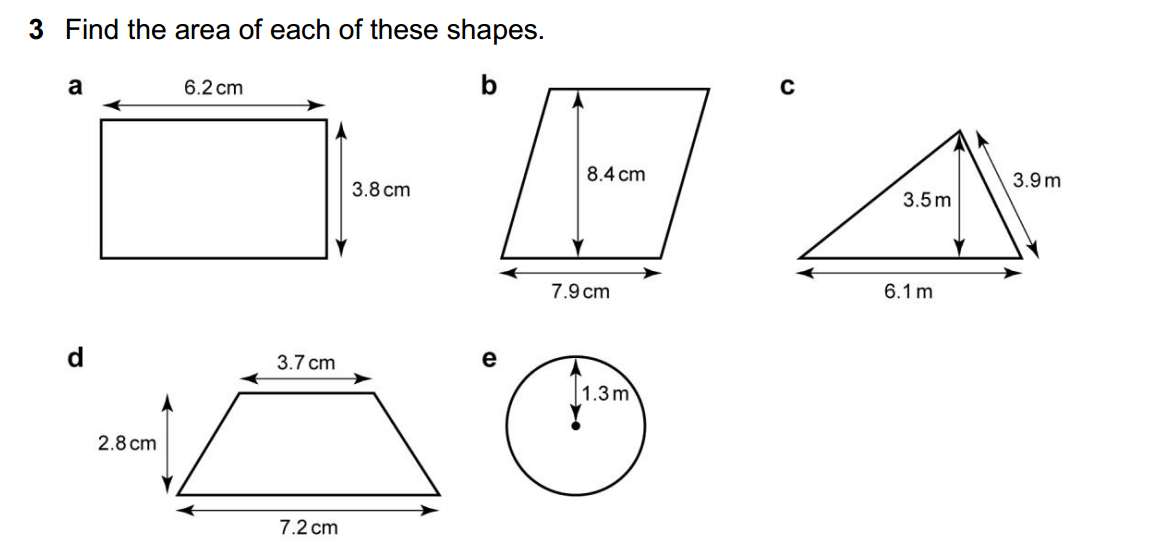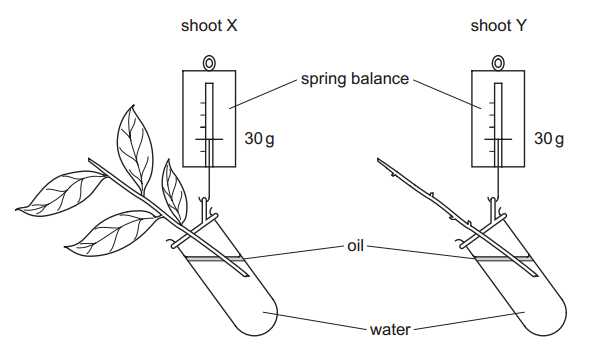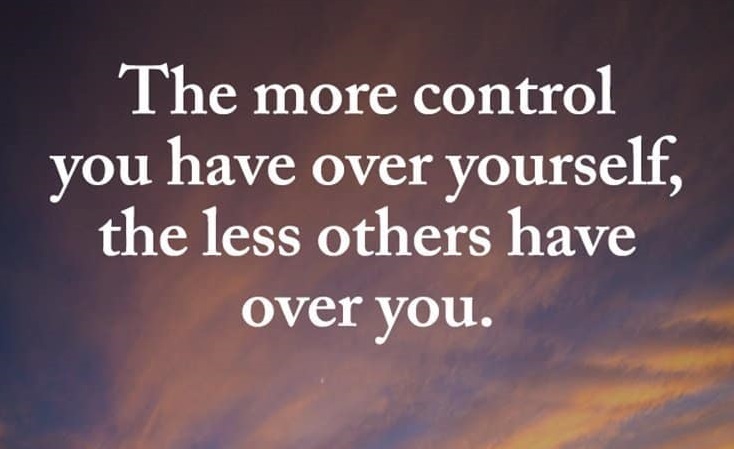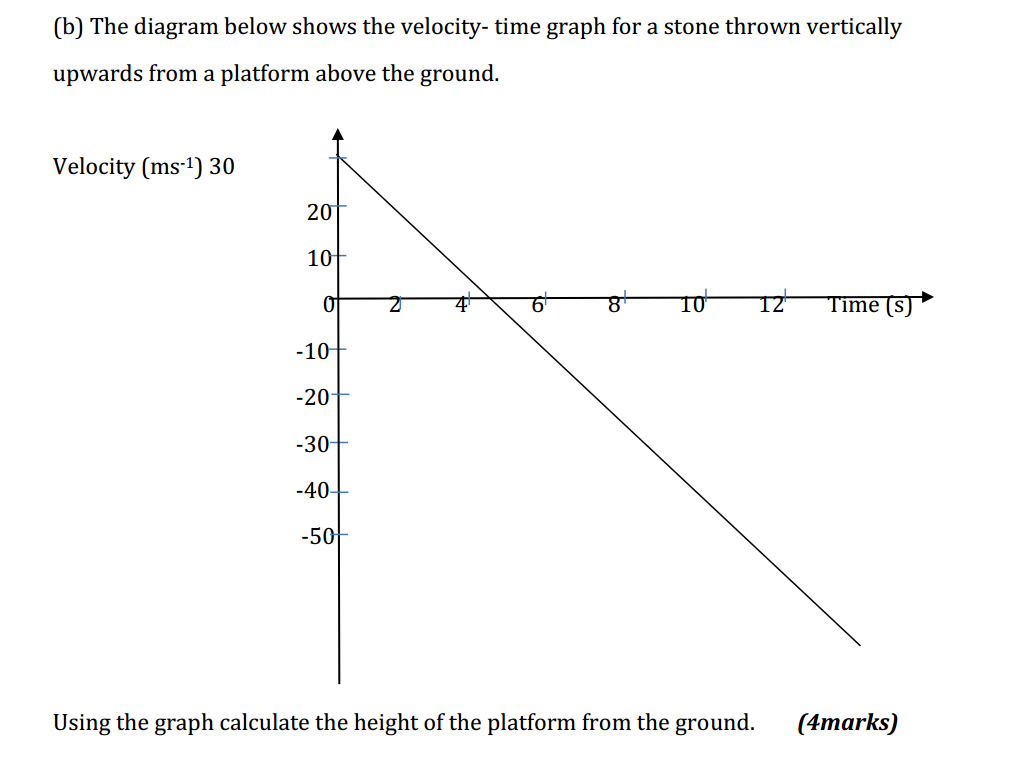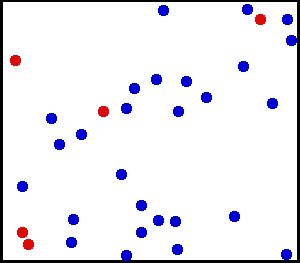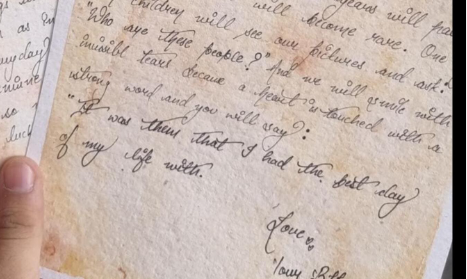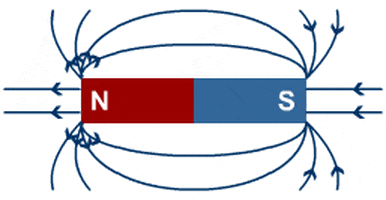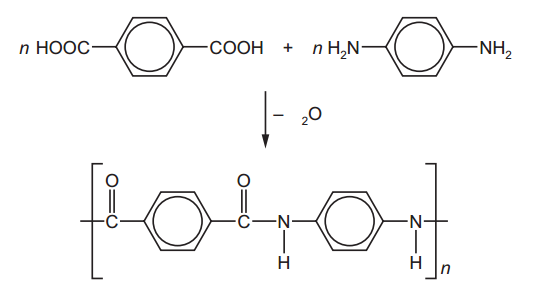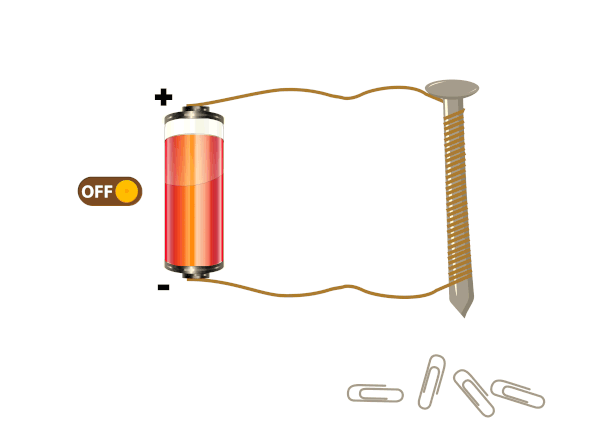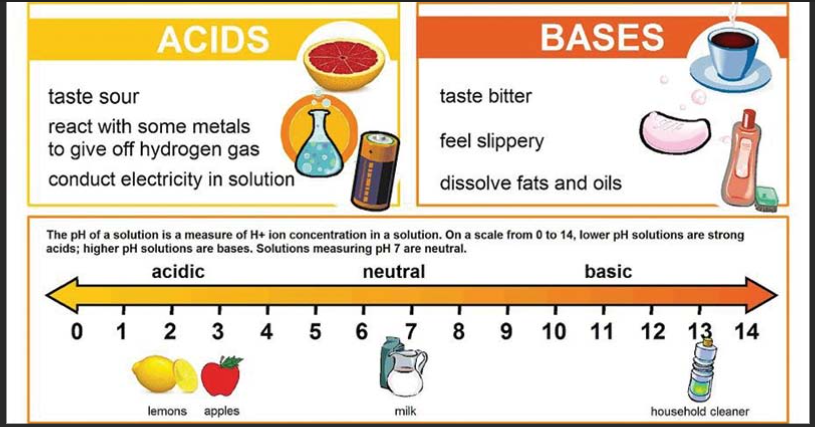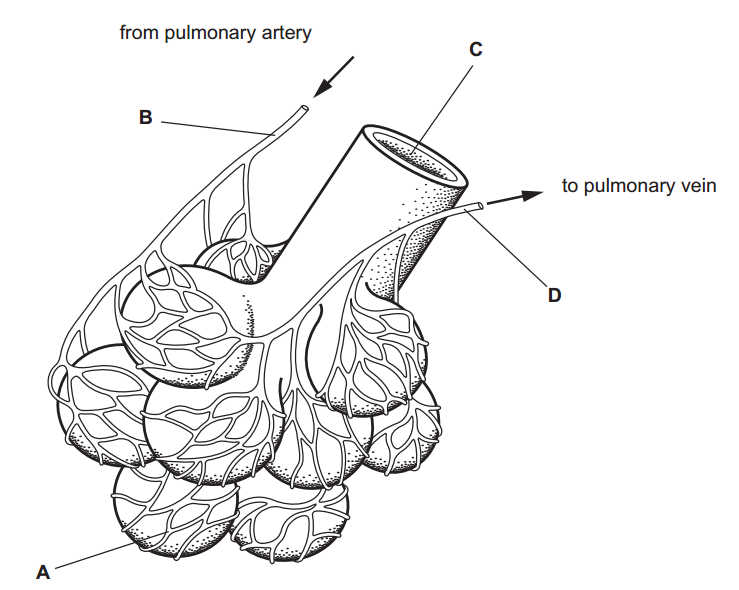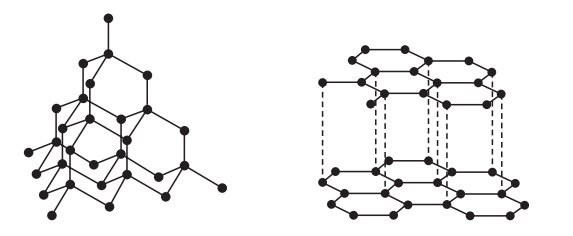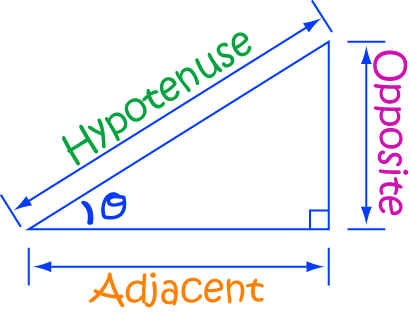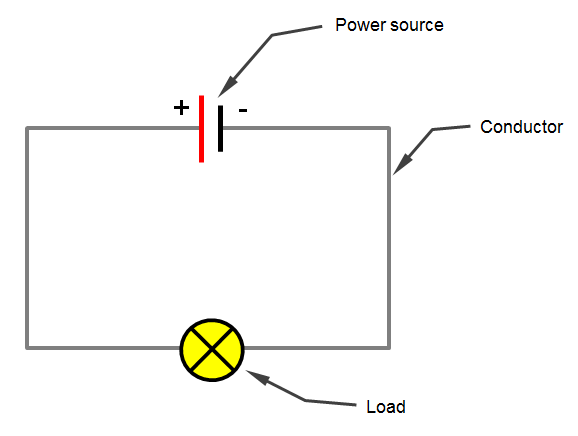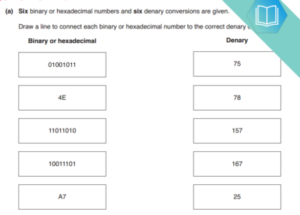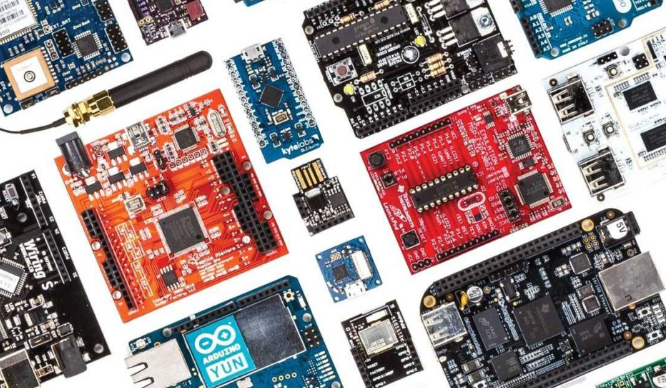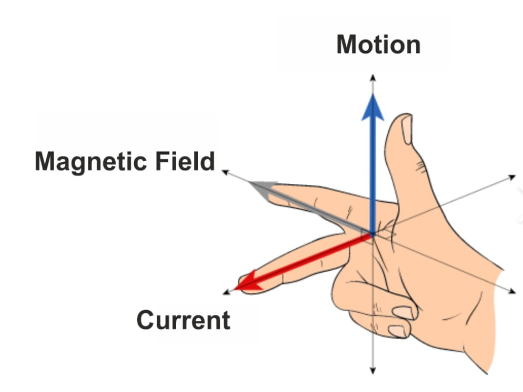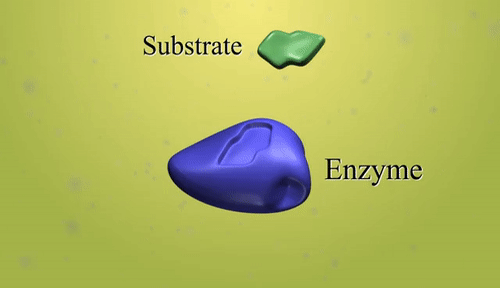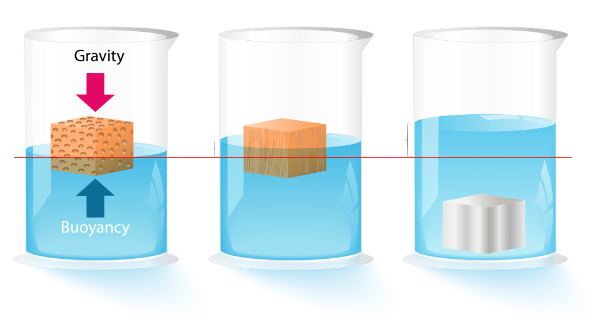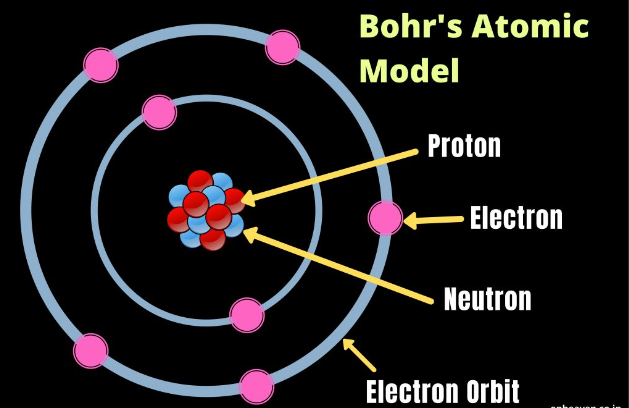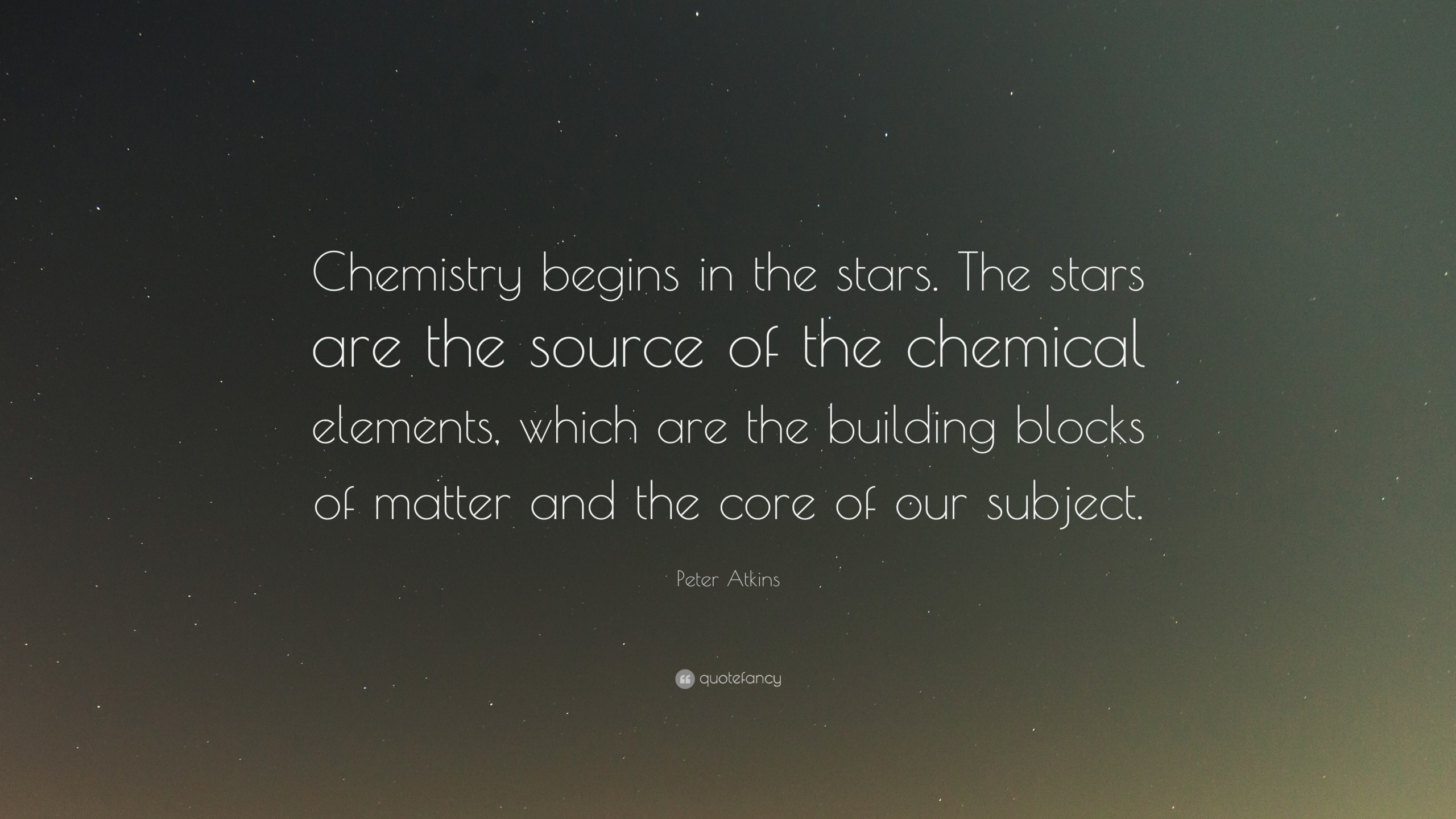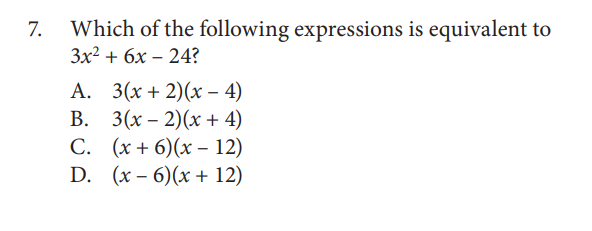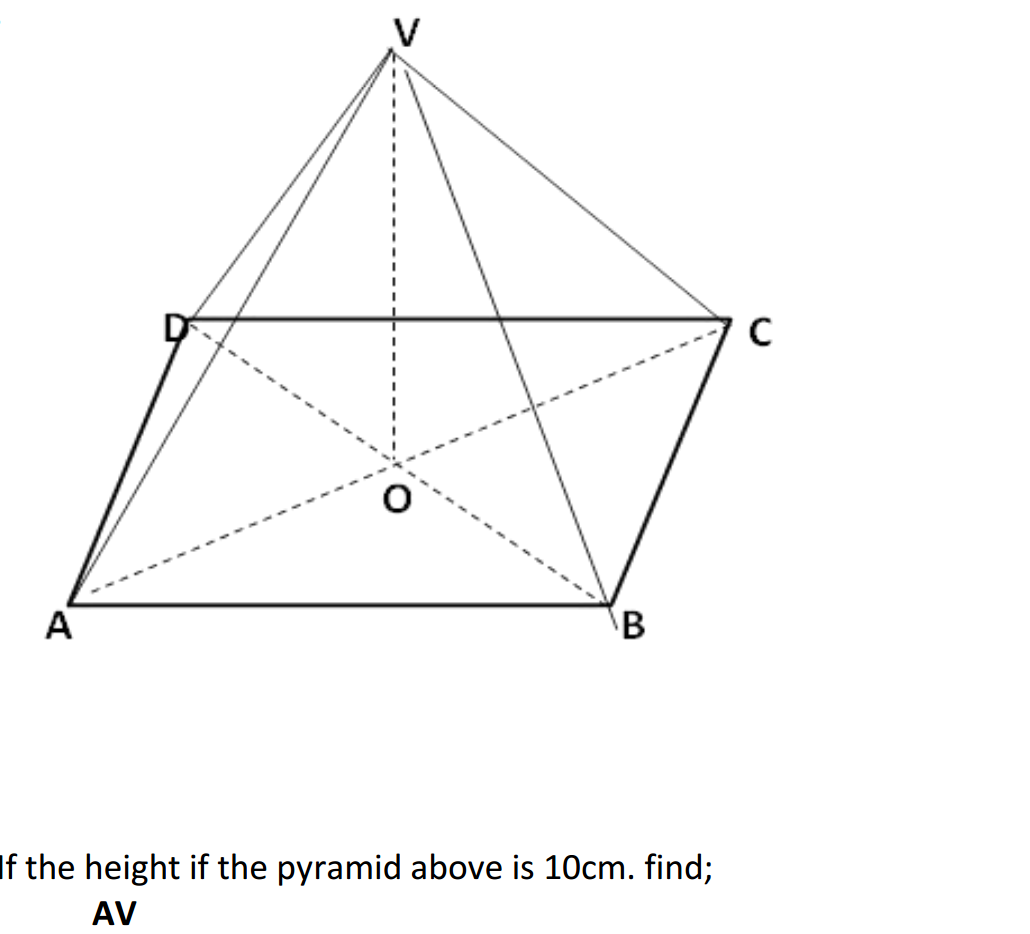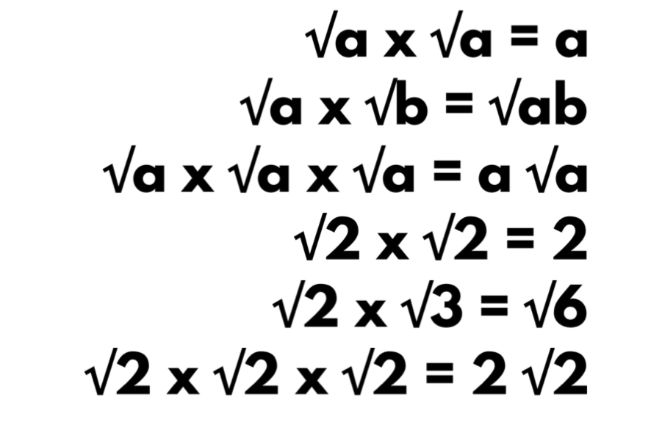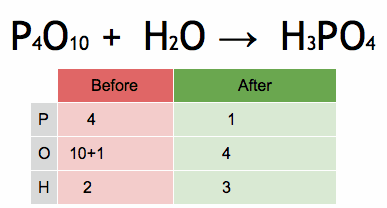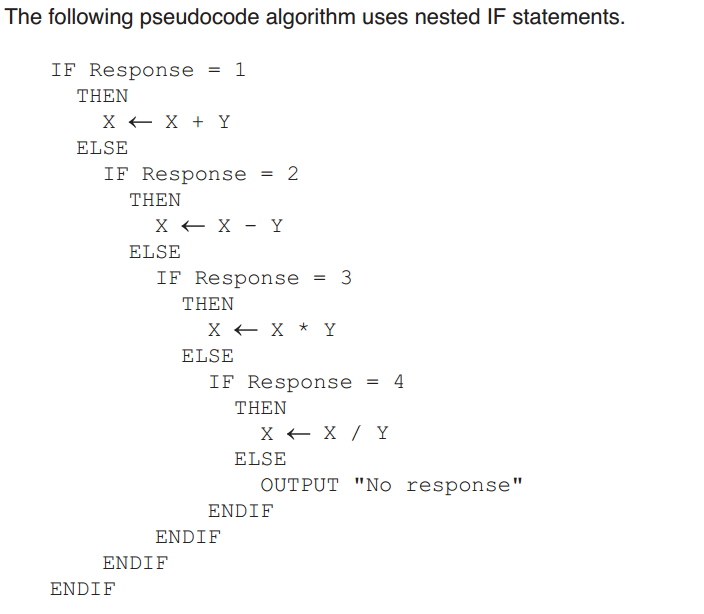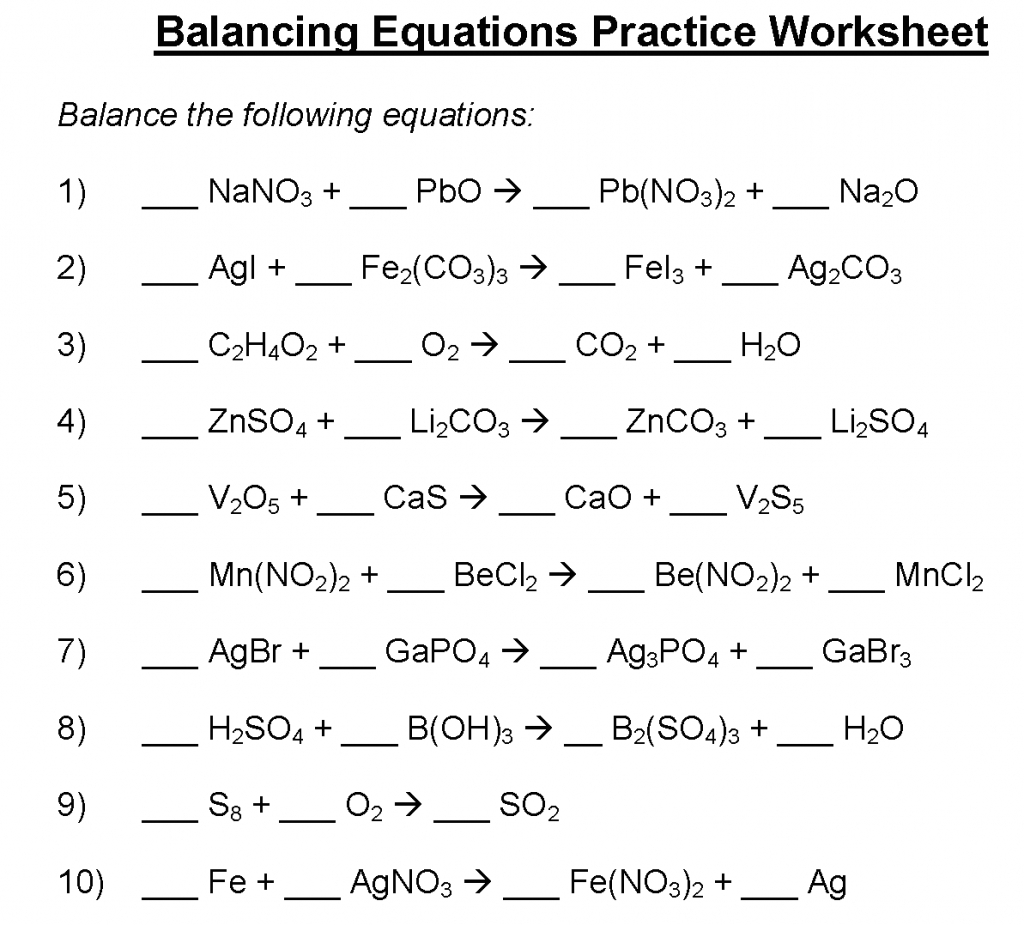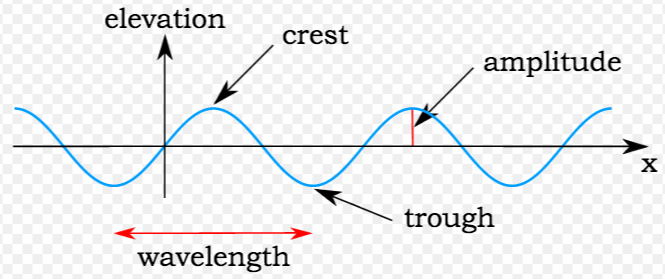Writing a cover letter is an essential part of the job application process. It allows you to introduce yourself to potential employers, highlight your qualifications, and explain why you are the right fit for the position. Here’s a step-by-step guide to help you write an effective cover letter:
- Header:
- Your cover letter should begin with your contact information at the top, similar to how you would format it on a formal letter. Include your full name, address, city, state, zip code, phone number, and email address.
- Date:
- Leave a blank line below your contact information and write the date when you are writing the cover letter.
- Employer’s Contact Information:
- Skip another line and include the contact details of the employer or the hiring manager. Include the recipient’s name, their job title (if available), the company name, and the company’s address.
- Salutation:
- Address the hiring manager or the person responsible for hiring with a formal salutation. If you know the name of the person, use “Dear Mr./Mrs./Dr. [Last Name],”. If you don’t know the name, use “Dear Hiring Manager,”.
- Introduction:
- Begin your cover letter with a strong opening paragraph. State the position you are applying for and mention how you came to know about the job opening. If you were referred by someone, mention their name or the source of the referral.
- Body Paragraphs:
- Use one or two paragraphs to highlight your relevant skills, experiences, and achievements. Connect your qualifications to the specific requirements of the job you are applying for. Use specific examples to demonstrate your capabilities.
- Address the Company’s Needs:
- Research the company and the job description to understand their needs and challenges. Show how your skills and experiences align with what they are looking for and how you can contribute to their success.
- Show Enthusiasm:
- Express your enthusiasm for the job and the company. Employers value candidates who are genuinely interested in the opportunity.
- Closing Paragraph:
- In the final paragraph, reiterate your interest in the position and briefly summarize why you are the ideal candidate. Include a call-to-action, expressing your eagerness for an interview or further discussion.
- Closing Salutation:
- End the letter with a professional closing, such as “Sincerely,” or “Best regards,”.
- Signature:
- Leave a few lines for your handwritten signature if you are sending a physical letter. If you are sending an electronic cover letter, simply type your full name.
- Enclosure (Optional):
- If you are including any documents with your cover letter, such as a resume or references, mention them at the bottom of the letter. For example, you can write “Enclosure: Resume”.
Remember to keep your cover letter concise, typically no more than one page. Customize each cover letter for the specific job you are applying to, highlighting the most relevant skills and experiences. Also, proofread carefully to ensure there are no spelling or grammatical errors.





